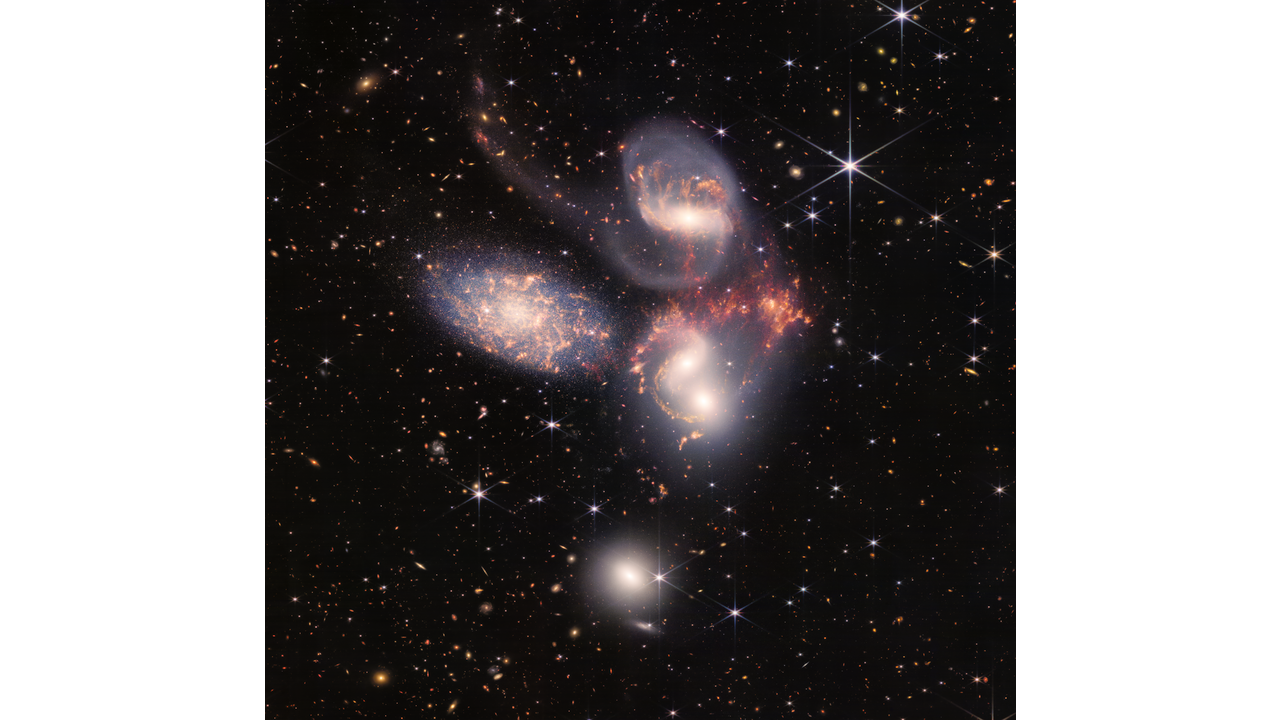The Universe as we see it today was very different in the past. Evolution is a gradual change over time, and the Universe has been evolving. It is still changing now.
Compare this image of colliding galaxies (the Stephan Quintet as recently observed by the JWST) in a nearby region of the Universe:
with the state of the Universe 13.8 billion years ago (as revealed by the Planck satellite) :
When the Universe was 380 thousand years old, it was much smoother or more homogeneous: we see relative temperature differences of about one part in a hundred million. Then, gravitation and the electromagnetic force have shaped the world into galaxies, stars, and so on. Even before this first photo of the infant Universe, the simple atomic elements (hydrogen, helium, and lithium) were formed in the first minutes, by the strong and weak forces. But no carbon was created at all.
Since then, new elements have been synthesised in stars, including carbon, and at the end of their lives. These elements were then distributed throughout the galaxies. This is chemical evolution.
The fate of the Universe is clear: it will go into dilution, with neighbouring regions moving further and further apart, and stars dying. Small pockets of the Universe will continue their "life" - a constant struggle against entropy.


No comments:
Post a Comment